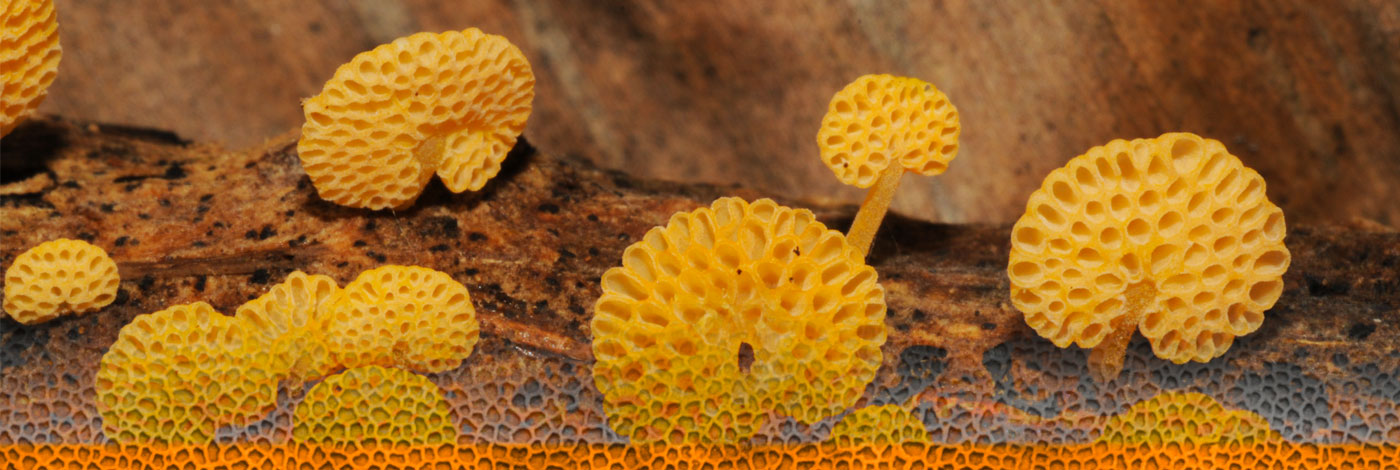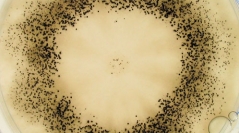

 Cryptogamie, Mycologie
45 (6) - Pages 53-69
Cryptogamie, Mycologie
45 (6) - Pages 53-69Glycerol uptake as a carbon source has been investigated in a few fungi, mainly in Saccharomyces cerevisiae Meyen ex E.C.Hansen, Aspergillus spp., and Neurospora crassa Shear & B.O.Dodge. In the present study, we aimed at understanding glycerol use as food source in another fungus, the model Podospora anserina (Rabenh.) Niessl. Gene deletion is easy in this ascomycete and it has been used to study various biological phenomena including biomass degradation. We show that P. anserina is unable to use glycerol as a sole carbon source to fuel its vegetative growth; glycerol is even toxic to the fungus. However, P. anserina is able to use glycerol during perithecium maturation, albeit inefficiently. Genome mining identified possible glycerol uptake and catabolic pathways of P. anserina, and the two genes coding for enzymes of the glycerol-3-phosphate pathway were deleted. Deletions resulted in a lack of perithecium production on glycerol media, but not on optimal media containing dextrin as a carbon source. Intriguingly, the presence of bacteria in co-culture with the fungus greatly helps P. anserina to use glycerol both during vegetative growth and perithecium production. This offers new perspectives for improved biotransformation of glycerol into high-value products.
Carbon source, glycerol, syntrophy